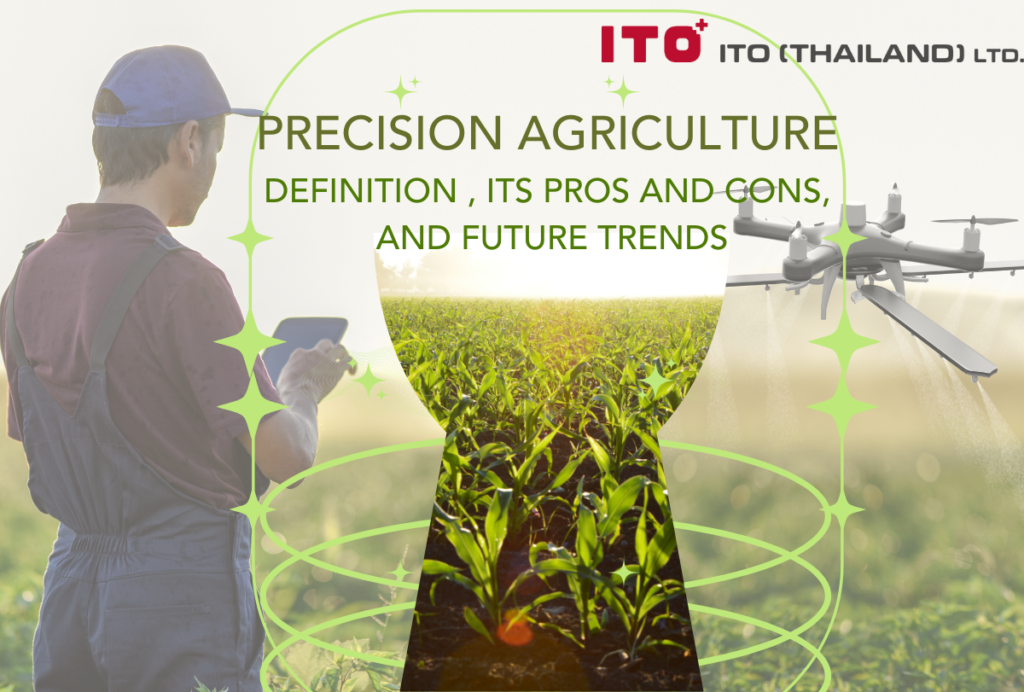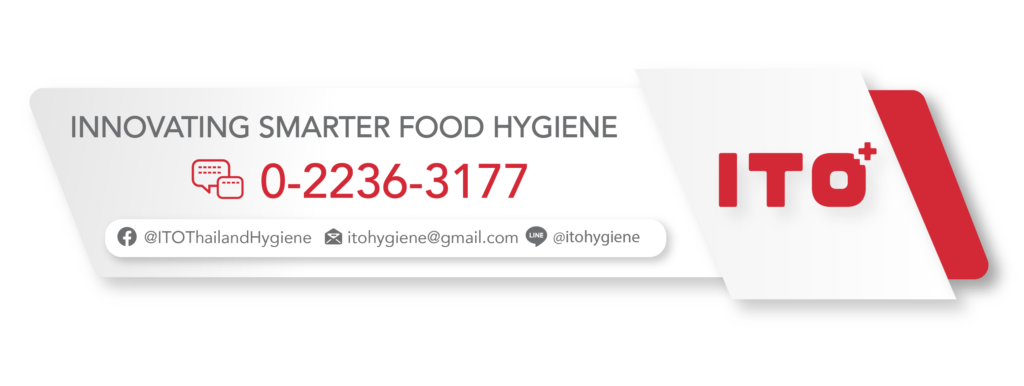ITO Thailand Hygiene Blog
Precision Agriculture
Precision agriculture has revolutionised how we approach crop management by optimising the inputs to meet specific requirements. Even though it is not a new system, recent technologies have made it possible to apply it in practical productions. In this blog, we will discuss the definition of precision agriculture, its pros and cons, and future trends.
What is Precision Agriculture?
Precision Agriculture (PA), also known as Precision Farming (PF), Satellite Agriculture (SA), As-needed Farming (ANF), or Site-specific Crop Management (SSCM), is a farming management system that is related to closely monitoring, assessing, and adapting to the variations within and between fields in crop production. The core of PA lies in leveraging information technology (IT) to ensure that crops and soil receive precise and tailored resources for optimal well-being and productivity. Doing so aims to achieve profitability, sustainability, and environmental protection. Factors such as soil characteristics, topography, weather conditions, plant growth, and yield data are considered when making decisions about crop management (8).
It is associated with the combination of cutting-edge technologies developed in the information age with the well-established agricultural sector. It represents a comprehensive system for managing crops that strives to align the type and quantity of resources with the specific requirements of small sections within a field. While the objective of precisely matching inputs with crop needs is not novel, recent technological advancements have made it feasible to implement the concept of PA in real-world farming operations (1).
Several applications of PA are utilised, such as variable rate technology (VRT), GPS soil sampling, computer-based applications, and remote sensing technology, as discussed by Schmaltz (6).
Pros and Cons of PA
There are various benefits of PA, including minimising the expenses related to materials and resources (e.g., water, seeds, fuel, etc.), preserving soil health by lessening the usage of pesticides, reducing agriculture’s dependence on unpredictable weather conditions (so it provides more flexibility for farmers), as well as maximising the genetic potential of crops produced (4). Moreover, PA can increase profitability by implementing agronomic principles at a precise and detailed level, so production yield is increased, and most important, it contributes to a more sustainable farming system by ensuring that inputs are efficiently used by plants, not affecting the environment and promote a safer ecological balance. As previously mentioned, a technology like VRT can lessen carbon footprint by 10% (2).
However, the disadvantages of PA are presented as well. First, the infrastructure required for PA entails substantial costs, making it financially prohibitive in many cases, especially for low-income farmers. The significant capital investment necessary for PA limits its widespread adoption, as it is currently only feasible in some regions, especially in rural areas. The implementation of PA in rural areas faces multiple challenges, including variations in land characteristics, ownership complexities, and inadequate infrastructure. Additionally, rural farmers may need more time to readily embrace rapid changes in agricultural techniques readily, further impeding the implementation of PA practices.
Moreover, it is not a hands-off approach to agriculture; it necessitates a dedicated team or individual responsible for managing and analysing daily data related to crop requirements, issues, and their corresponding solutions. It requires continuous monitoring and intervention based on the collected information. Furthermore, government subsidies for PA are currently unavailable to farmers, limiting its accessibility and affordability for agricultural practitioners (7).
Future Trends and Opportunities of PA
PA can be utilised with IoT (Internet of Things) as IoT has the potential to completely revolutionise this specific field, offering significant advancements in sustainability, profitability, and numerous harvests. Thus, any farmer or agricultural enterprise now has the opportunity to utilise PA technologies enabled by IoT, allowing them to make well-informed decisions regarding field management and effectively manage and mitigate risks and adverse effects while optimising resource usage with a forward-looking perspective (5).
There is an opportunity to adopt PA. The market is currently experiencing significant growth primarily driven by the widespread usage of smartphones and the availability of internet services worldwide. Moreover, the increasing reliance on Wi-Fi services and wireless sensor technologies to enhance agricultural productivity is playing a constructive role in driving PA market expansion. In addition, the market is witnessing growth due to the introduction of a wide range of devices and systems specifically designed for PA. These include farm management systems, sensing, monitoring devices, and automation and control systems, all contributing to the market’s overall expansion.
Moreover, governing bodies in different countries are implementing sustainable initiatives, creating a favourable market landscape. These initiatives align with PA principles, further driving the market’s growth. Furthermore, the increasing demand for PA is fuelling market growth. PA is sought after for its ability to enhance productivity while reducing costs, making it an attractive choice for agricultural practitioners (3). Finally, the digital literacy of farmers and know-how of technologies are crucial for PA implementation.
References
1.Davis, G., Casady, W., & Massey, R. (1998). Precision Agriculture: An Introduction. Retrieved May 29, 2023, from https://extension.missouri.edu/publications/wq450
2.Farmers Edge. (2020). Precision Farming: 7 Ways it Benefits Your Farm. Retrieved May 29, 2023, from https://farmersedge.ca/precision-farming-7-ways-it-benefits-your-farm/
3.(2022). Precision Agriculture Market: Global Industry Trends, Share, Size, Growth, Opportunity and Forecast 2023-2028. Retrieved May 29, 2023, from https://www.imarcgroup.com/precision-agriculture-market
4.Kogut, P. (2022). Precision Agriculture: Technology To Boost Crop Farming. Retrieved May 29, 2023, from https://eos.com/blog/precision-agriculture/
5.Oliynyk, K. (2023). The Future of Precision Farming using IoT. Retrieved May 29, 2023, from https://webbylab.com/blog/the-future-of-precision-farming-using-iot/
6.Schmaltz, R. (2017). What is precision agriculture? Retrieved May 29, 2023, from https://agfundernews.com/what-is-precision-agriculture
7.The Farming House. (2022). Precision farming, components, working technology, advantages and disadvantages, scope in rural India. Retrieved May 29, 2023, from https://www.thefarminghouse.com/2022/04/Precision-farming.html
8.Wigmore, I. (2022). What is precision agriculture/precision farming? Retrieved May 29, 2023, from https://www.techtarget.com/whatis/definition/precision-agriculture-precision-farming
Related Post
-

Biodegradable Packaging
As straightforward as its name, it means any packaging that will naturally fall apart and decompose. In recent years, biodegradable packaging has been included as one of the sustainable development goals for several organisations. A similar issue, bioplastics, an alternative to sustainable living, was discussed in a previous blog. However, there are some differences between them. For example, bioplastics are made from raw materials sourced from renewable and natural sources and could or could not be biodegradable. In contrast, biodegradable plastic can naturally degrade through living organisms no matter the source material it originates from. The development history of biodegradable packaging, frequently used materials, the pros and cons of biodegradable packaging, and its future trends will be discussed in this blog.
-

Vertical Farming
Agriculture has utilised nearly all the available land, causing growing difficulty in finding land on the earth’s surface. With limited resources, meeting the world’s food demands will require more innovative and dependable methods of producing safe food, and the answer lies in vertical farming.
-
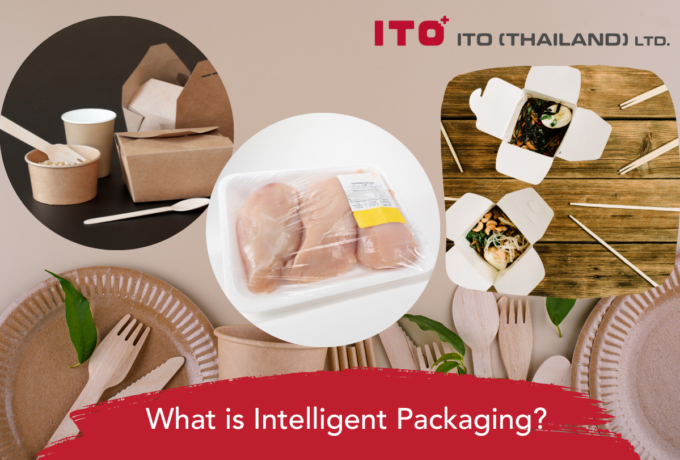
Intelligent Packaging
Without packaging, food products would last for only a short period of time, impossible for logistics management, difficulties in the supply chain system, quick quality deterioration, and prone to contamination to risky foodborne pathogens. In reality, there are many more functions that packaging is contributing to food products, as well as many types of smart packaging. Intelligent packaging is considered to be a part of smart packaging, so in this blog, we will discuss the contribution of intelligent packaging to food products.
-
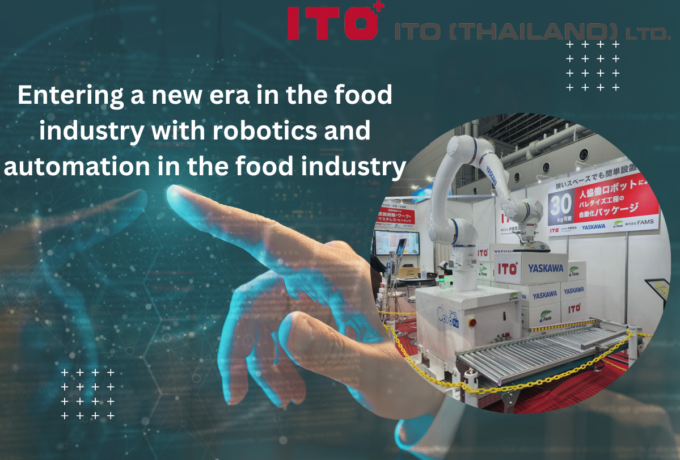
Robots & automation in the food industry
Entering a new era in the food industry with robotics and automation in the food industry
-
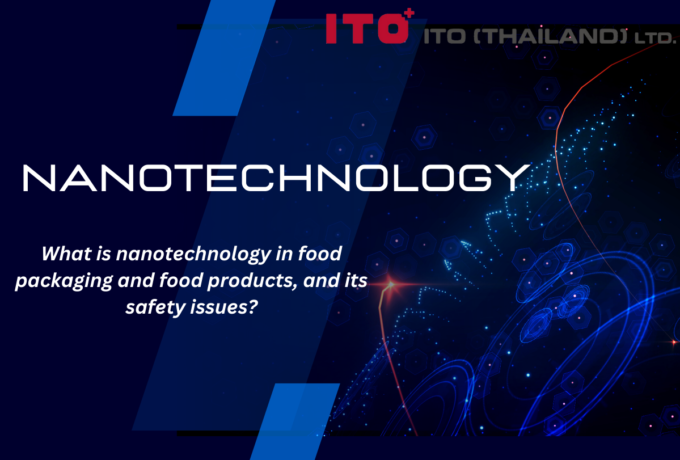
Nanotechnology in the Food Industry
Nanotechnology has been brought to our attention for the last decades, and it has provided various beneficial applications to the food industry. Unlike other technology, nanotechnology has broadened the knowledge in the food industry to another level in a nanoscale dimension. It involves almost every aspect of the food industry, including food packaging, food processing, as well as functional food development and enhancement of food safety. In this blog, we will discuss how nanotechnology is used in food packaging and food products, and the most important part, its safety issues.
-

Space Food (Part 1)
In recent years, there has been a number of research in regard to foods for long-term transport. We have discussed that some types of food, such as 3D printed food, are customisable and able to create personalised meals. Doubtlessly, it is capable of long-term missions such as aerospace and military applications. Space food, its processing and packaging technology, as well as space food and waste management will be discussed in this blog.








